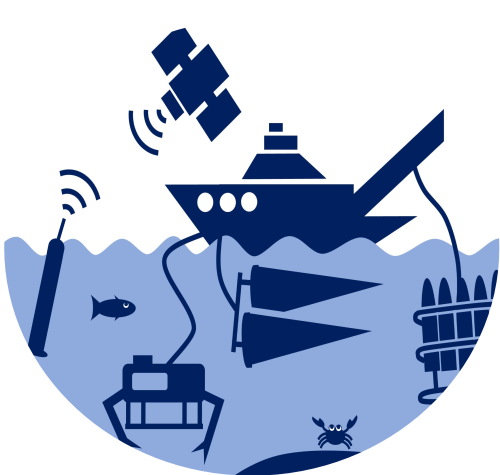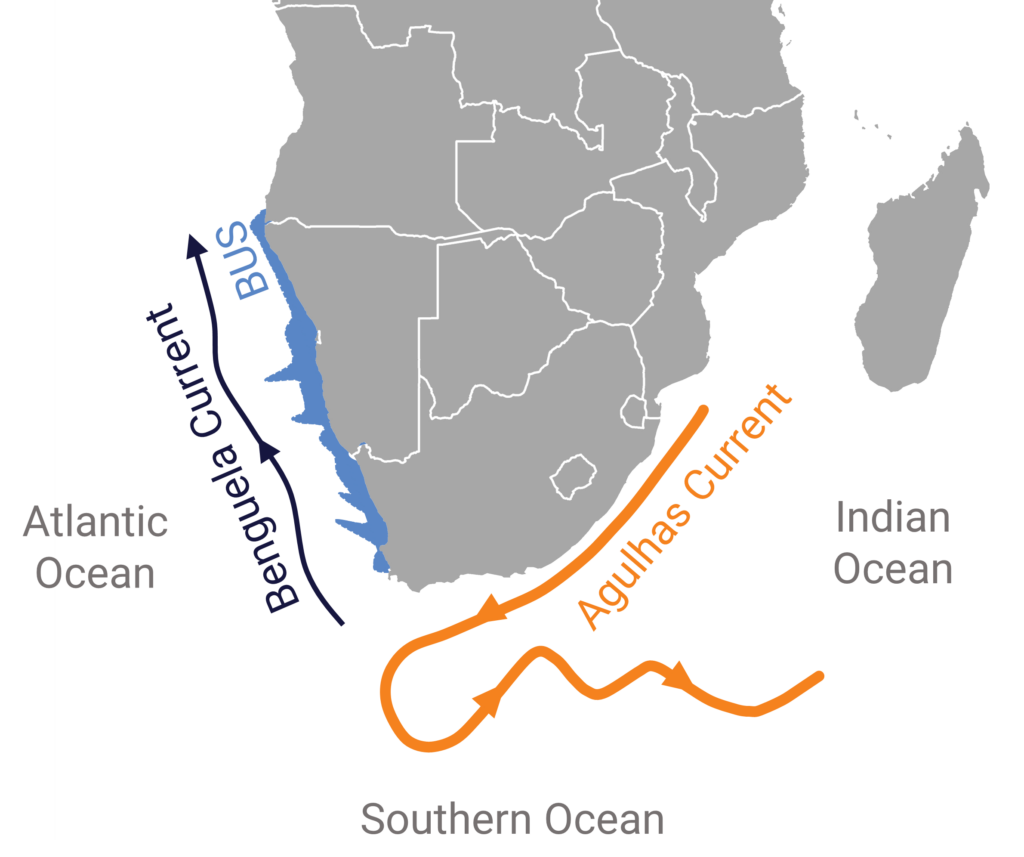Ocean Portal
Egagasini’s Ocean Portal would like to introduce people, students and scientists to South Africa’s oceanography by presenting some of the team’s work in a simple way for everyone to understand.
What Is Oceanography?
Oceanography is the study of the biological, chemical and physical properties of the past, present and future conditions of our oceans. Ocean scientists achieve this by analysing data which is either remotely sensed, collected in situ or produced by a model.
And Why Is It Important?
You may have heard of the term “Blue Plannet” when reffering to the Earth – well that’s because our oceans cover about 70% of the Earth’s surface. Along with providing us with something beautiful to look at, our oceans play many roles in the world as we know it. They regulate climate (including both natural and human-induced changes), form part of the hydrological (water) cycle, are home to a large portion of the Earth’s animal and plant-life, provide us with food, minerals and energy resources, facilitate transportation and are also the end location for a large portion of waste products.


Getting To Know South Africa's Ocean Currents
South Africa is flanked by two major ocean currents. The warm, narrow and fast Agulhas Current flows southwestward along the east and south coasts, whereas the cold, wide and slow Benguela Current flows northwestward along the west coast. The Benguela Upwelling System (BUS), one of four major upwelling systems in the world, significantly contributing to the global fisheries catch, is located inshore of the Benguela Current hugging the west coast.
Oceans Properties
Southern Africa is bounded by the South Atlantic Ocean on the west coast and the Indian Ocean on the east coast. These two prominent bodies of water, combined with the Southern Ocean further south, influence our local and global climate regimes, carry more than 90% of all our imports and exports; are major food sources, impact on our coasts, beaches and shipping, provide numerous recreational opportunities and are a natural environment rich in species and diversity.
Currents
Oxygen
Temperature
Salinity
South Africa's Oceanography
We would like to share some of the research that we have been working on with you. The topics below include research carried out by Egagasini’s modelers, physical oceanographers and marine biologists.

